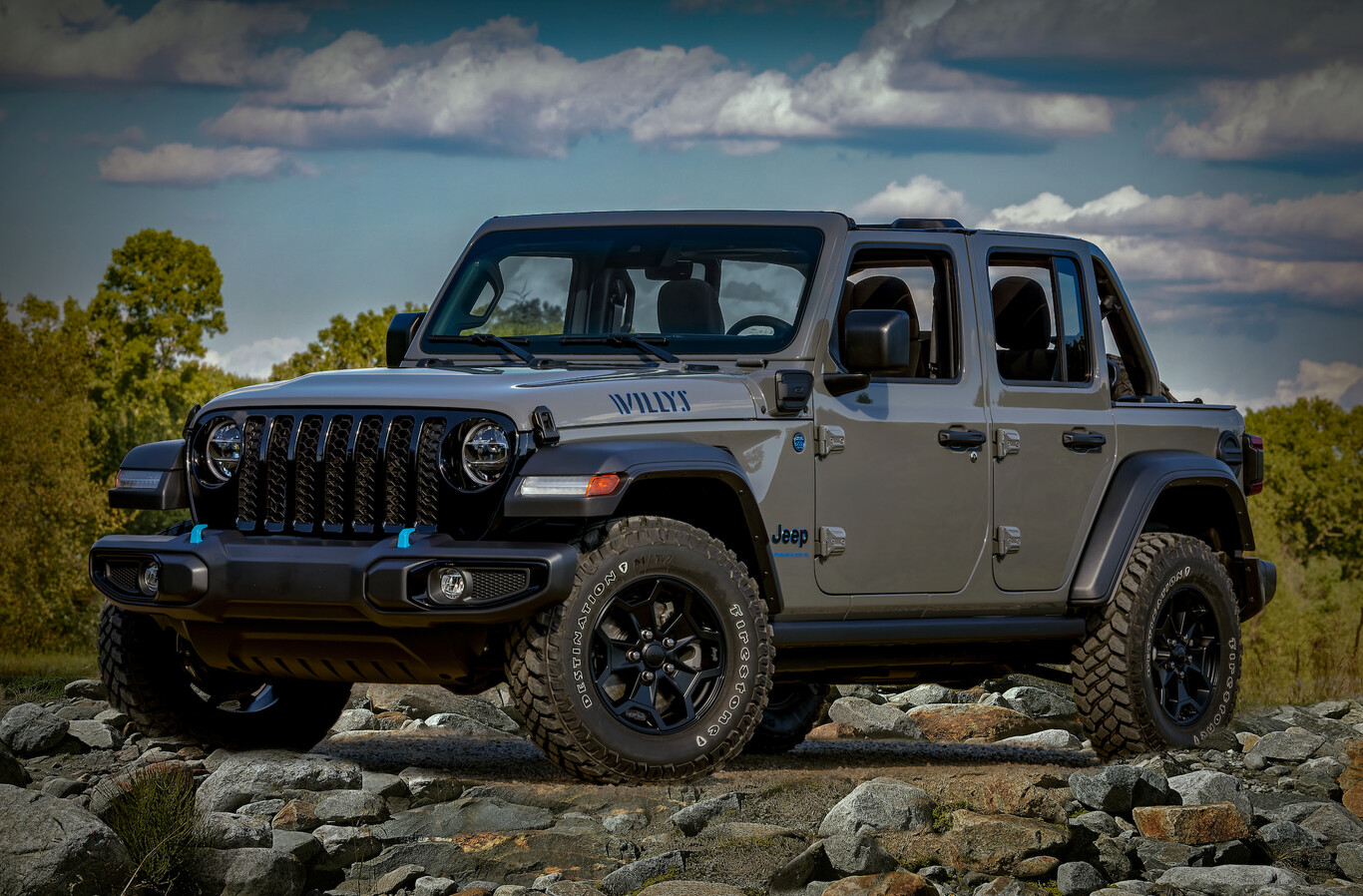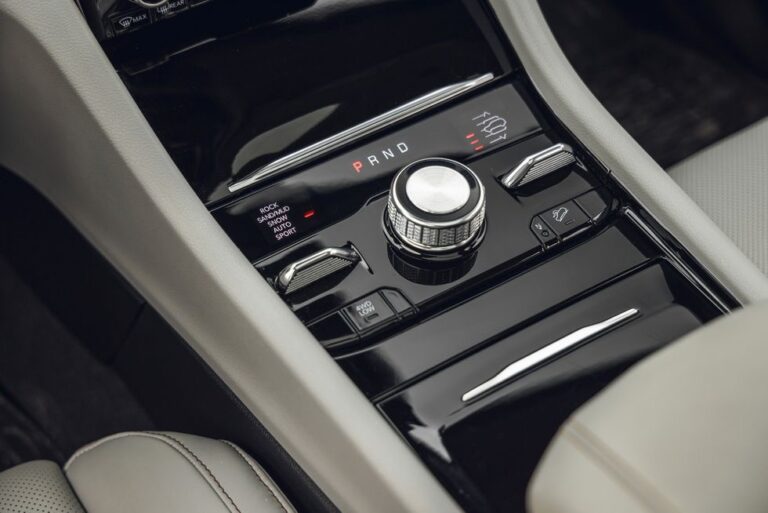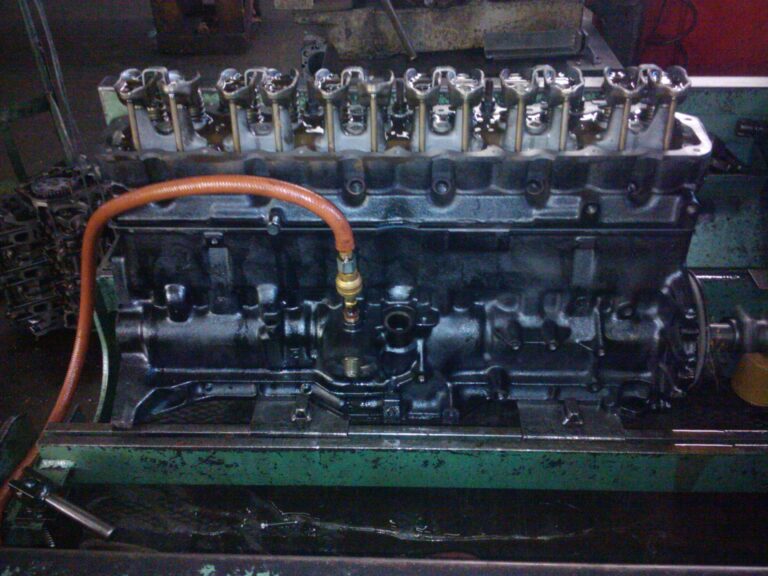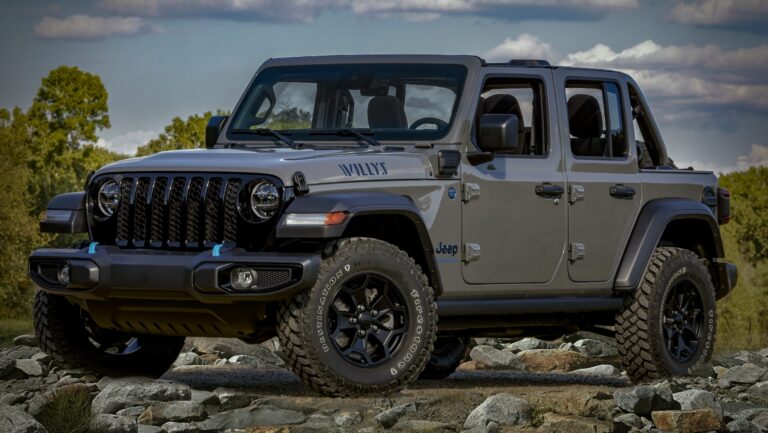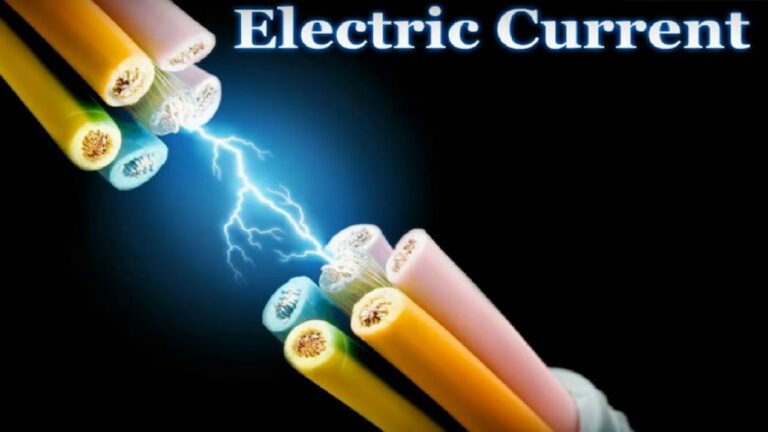Jeep XJ Dana 44 For Sale: Your Ultimate Guide to a Legendary Upgrade
Jeep XJ Dana 44 For Sale: Your Ultimate Guide to a Legendary Upgrade jeeps.truckstrend.com
For any serious Jeep Cherokee (XJ) enthusiast, the quest for enhanced off-road capability often leads to one critical component: the Dana 44 rear axle. While the stock Dana 35 axle, found in most XJs, is adequate for daily driving and light trails, it quickly becomes the weakest link when larger tires, more aggressive off-roading, or a locker are introduced. The Dana 44, on the other hand, is the holy grail of XJ rear axle upgrades, offering significantly superior strength, reliability, and peace of mind on the toughest trails.
This comprehensive guide is designed to be your go-to resource when searching for a "Jeep XJ Dana 44 For Sale." We’ll delve into why this axle is so coveted, where to find it, what to look for when buying, the installation process, potential upgrades, and crucial considerations to ensure you make an informed purchase. Whether you’re a seasoned off-roader or just beginning to push the limits of your XJ, understanding the ins and outs of the Dana 44 is paramount to a successful and durable build.
Jeep XJ Dana 44 For Sale: Your Ultimate Guide to a Legendary Upgrade
Understanding the Jeep XJ Dana 44: Why It’s Coveted
The Dana 44 is a robust axle designed and manufactured by Dana Incorporated, renowned for its strength and reliability across various automotive applications. For the Jeep XJ Cherokee, the Dana 44 was offered as an optional upgrade, primarily in the 1987 to 1990 model years, especially in models equipped with the towing package or specific performance packages. This limited production run makes them somewhat rare but highly sought after by the XJ community.
Key Advantages over the Stock Dana 35:
- Superior Strength: The Dana 44 features a larger 8.5-inch ring gear (compared to the Dana 35’s 7.56-inch), stronger axle shafts, and a more robust housing. This increased beefiness significantly reduces the risk of bending axle tubes, breaking ring and pinion gears, or snapping axle shafts, especially with tires 33 inches and larger.
- Larger Spline Count: Most XJ Dana 44s came with 30-spline axle shafts, providing a substantial strength improvement over the 27-spline shafts typically found in the Dana 35.
- Better Aftermarket Support: Due to its widespread use in various vehicles, the Dana 44 boasts an immense aftermarket for gears, lockers, axle shafts, and differential covers, making future upgrades and repairs straightforward.
- Direct Bolt-In (Mostly): The XJ Dana 44 is designed to be a nearly direct bolt-in replacement for the XJ’s stock rear axle, simplifying the swap process significantly compared to adapting axles from other vehicles.
- Reliability: For serious off-road use, the Dana 44 is considered the minimum reliable upgrade, allowing owners to confidently tackle challenging terrain without constant worry of drivetrain failure.

In essence, the Dana 44 transforms the XJ’s rear end from a potential weak point into a formidable asset, enabling more aggressive driving and larger tire setups that would otherwise destroy a Dana 35.
Where to Find a Jeep XJ Dana 44 For Sale
Finding a Jeep XJ Dana 44 for sale can sometimes feel like a treasure hunt due to their age and relative rarity. However, knowing where to look significantly improves your chances.
![]()
- Junkyards/Salvage Yards: This is often the primary hunting ground. Focus on searching for 1987-1990 Jeep XJ Cherokees or Comanches (MJ), particularly those with factory tow packages.
- Tip: Look for a metal tag on the differential cover bolts that reads "44" or a visible "44" casting mark on the housing itself. The Dana 35 will usually have a rubber plug on the differential cover and a noticeably smaller pumpkin.
- Online Marketplaces:
- Craigslist & Facebook Marketplace: Search locally and within a reasonable driving distance. Use terms like "Jeep XJ Dana 44," "Cherokee Dana 44," "XJ axle," or "Comanche Dana 44." Join local Jeep groups and off-road buy/sell groups, as members often list parts there first.
- eBay: While shipping can be expensive, eBay sometimes has listings, particularly from parts recyclers.
- Specialty Off-Road Forums & Websites:
- NAXJA (North American XJ Association): This is one of the best resources. Their "For Sale" section for parts is highly active and frequented by knowledgeable XJ owners.
- Jeepforum.com, CherokeeForum.com, etc.: Many general Jeep forums have dedicated classified sections where XJ parts frequently appear.
- Dedicated Axle Suppliers/Shops: Some specialized off-road shops or axle builders might have rebuilt or used Dana 44s for sale, though often at a higher price point due to the work involved.
- Word of Mouth & Local Jeep Clubs: Networking with other Jeep enthusiasts in your area can yield leads. Someone might be upgrading their own XJ and selling their existing Dana 44, or know someone who is.
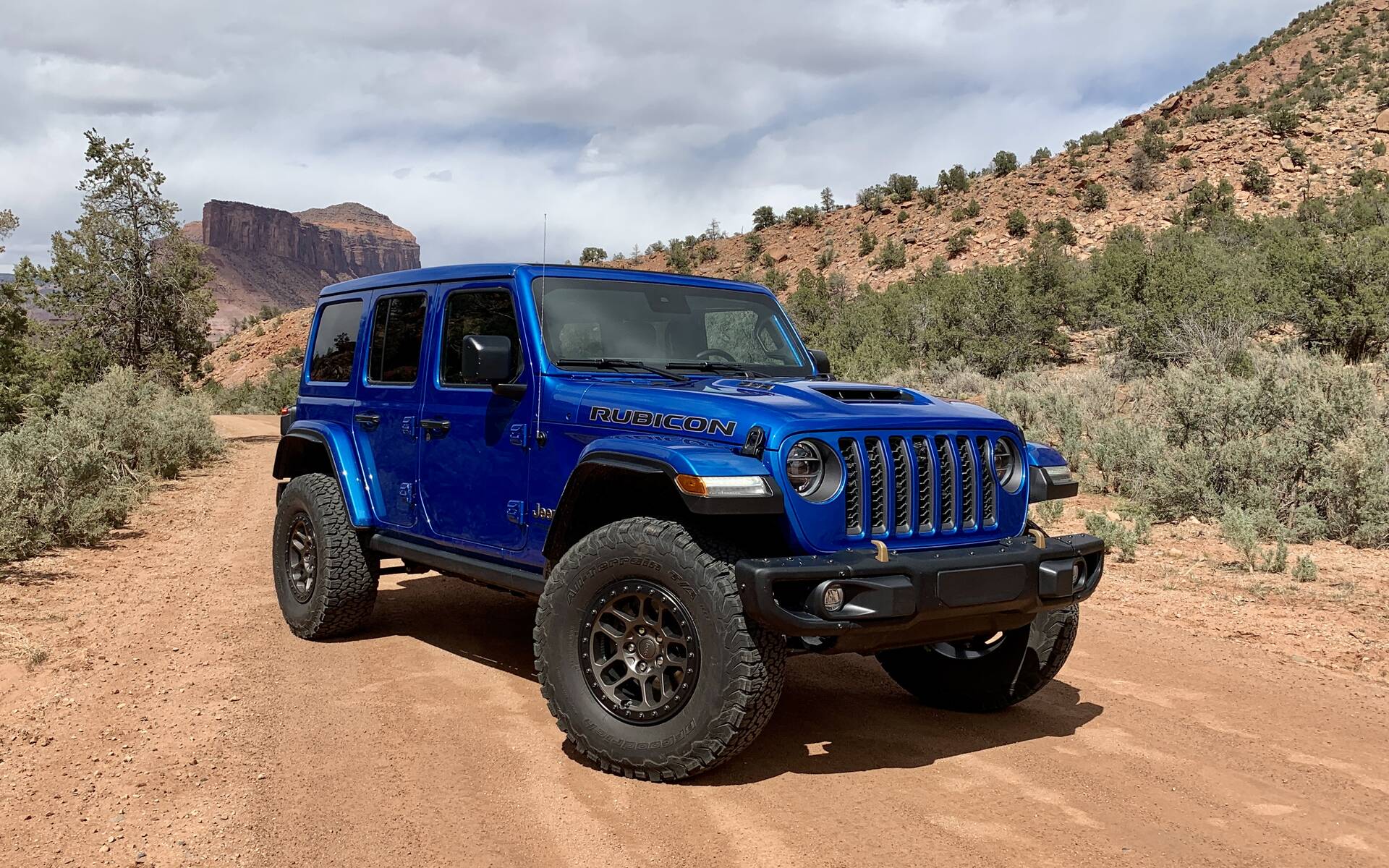
Persistence and patience are key when sourcing this desirable axle.
Key Considerations When Buying a Used Jeep XJ Dana 44
Buying a used axle requires careful inspection to avoid purchasing a damaged or worn-out unit that will cost more to repair than it’s worth.
-
Condition Assessment:
- Rust: Surface rust is common and generally not an issue. However, inspect for deep pitting, structural rust on the housing or brackets, or any signs of rust-through, especially around welds.
- Housing Straightness: Look down the axle tubes from one end to the other. A bent axle tube can cause premature bearing wear, vibrations, and alignment issues. Look for signs of impact on the differential housing or axle tubes.
- Axle Shafts: Check the splines for wear or twisting. Inspect U-joints (if present on the shafts) for play or rust. Ensure the shafts themselves are straight.
- Gears & Locker (if present): If possible, remove the differential cover to inspect the ring and pinion gears. Look for chipped teeth, excessive wear patterns, or signs of overheating (discoloration). Check for excessive play (backlash) by rotating the pinion flange while holding the ring gear. If a locker is installed, check its condition and functionality.
- Bearings & Seals: While often replaced during a rebuild, check for excessive play in the pinion flange or axle shafts indicating worn bearings. Look for fluid leaks around the pinion seal or axle seals.
- Brakes: The brakes (rotors, calipers, pads) on a used axle will likely need replacement, but check for seized calipers or heavily grooved rotors that might indicate further issues.
- Mounts & Brackets: Ensure all spring perches, shock mounts, and control arm mounts are intact, not bent, cracked, or excessively modified. The XJ Dana 44 is a bolt-in because its spring perches and mounts are correctly positioned for the XJ leaf springs.
-
Gearing: Identify the current gear ratio. There should be a metal tag on one of the differential cover bolts, or you may need to rotate the pinion and count ring gear teeth. Common XJ Dana 44 ratios were 3.07, 3.55, and 3.73. If you plan to run larger tires (e.g., 33-inch or 35-inch), you’ll likely want to re-gear to 4.10, 4.56, or 4.88, which adds to the overall cost.
-
Locker/Limited Slip: Some factory Dana 44s came with a limited-slip differential. An aftermarket locker might also be installed. Determine what’s inside, as this significantly impacts performance and value.
-
Bolt Pattern: Ensure the axle retains the standard XJ 5×4.5-inch bolt pattern. Some modified axles might have been re-drilled for other patterns.
-
Price Negotiation: Base your offer on the axle’s overall condition, the included components (axle shafts, brakes, differential), and the existing gear ratio/locker. A "bare" housing will be cheaper than a complete unit ready to bolt in.
The Installation Process: What to Expect
One of the significant advantages of the XJ Dana 44 is its relative ease of installation. It’s largely a direct bolt-in for the XJ Cherokee, meaning the spring perches, shock mounts, and control arm mounts are in the correct location for the XJ’s unibody and leaf spring suspension.
What You’ll Need:
- Basic Mechanical Skills: Familiarity with suspension work, brake systems, and torque specifications is essential.
- Tools: Standard wrenches, sockets, jack stands, floor jack, possibly a spring compressor (if working on front, though not for rear axle swap), and a torque wrench.
- Additional Parts (Likely):
- New U-bolts for the leaf springs.
- New brake components (rotors, calipers, pads, brake lines, possibly emergency brake cables).
- Fresh differential fluid and gasket/RTV for the cover.
- New axle seals and possibly wheel bearings.
- If changing gear ratio: New ring and pinion gears, master install kit (bearings, shims, seals), and possibly a new carrier (if changing drastically, e.g., 3.07 to 4.88).
- Professional Help: If you’re not comfortable with gear setup or extensive axle work, consider having a reputable off-road shop handle the installation, especially the re-gearing if needed. Incorrect gear setup can lead to premature failure.
The process typically involves supporting the vehicle, disconnecting the driveshaft, brake lines, shock absorbers, and U-bolts, removing the old axle, and then reversing the steps to install the Dana 44. Bleeding the brakes and checking fluid levels are crucial final steps.
Upgrading Your Dana 44: Maximizing Performance
Once you have your Dana 44, there are numerous ways to further enhance its performance and durability to match your off-roading ambitions.
- Gear Ratio Changes: This is often the first upgrade, especially if you’re running larger tires. Matching your gear ratio to your tire size restores lost power, improves fuel economy (relative to stock gearing with big tires), and reduces strain on your drivetrain.
- Locker Options: Installing a locker (e.g., ARB Air Locker, Detroit Locker, Yukon Grizzly, OX Locker) will significantly improve traction by forcing both wheels on the axle to spin at the same rate, preventing one wheel from losing power due to slip.
- Chromoly Axle Shafts: For extreme rock crawling or very large tires (37 inches+), upgrading to chromoly axle shafts provides even greater strength than the stock Dana 44 shafts.
- Heavy-Duty Differential Covers: A thick, cast differential cover protects the ring and pinion from impacts and can help stiffen the housing.
- Trussing and Reinforcement: For very aggressive use, welding a truss to the top of the axle tubes can prevent bending, especially if you plan on significant air time or heavy impacts.
- Disc Brake Conversion (if applicable): If your Dana 44 came with drum brakes, a common upgrade is to convert to disc brakes for improved stopping power and easier maintenance.
Potential Challenges and Solutions
- Finding One in Good Condition: This is the biggest hurdle. Solution: Be patient, expand your search radius, and be prepared to travel. Network with other XJ owners.
- Rust Issues: Heavy rust can compromise structural integrity. Solution: Avoid heavily rusted axles. If minor, wire brush and paint. For significant rust, consider if the repair cost is worth it.
- Incorrect Gearing: The axle might come with a ratio unsuitable for your tire size. Solution: Factor in the cost of a re-gear and master install kit. This is a significant additional expense.
- Damaged Components: Worn bearings, seals, or damaged internal components. Solution: Assume you’ll need to replace wear items. Factor in the cost of a complete rebuild kit or individual parts.
- Cost of Refurbishment: A "cheap" used axle can quickly become expensive once you add in new gears, a locker, bearings, seals, and brakes. Solution: Create a realistic budget that includes the purchase price and potential rebuild costs.
- Shipping Costs: If buying online from a distance, freight shipping for an axle can be hundreds of dollars. Solution: Prioritize local pickup, or be prepared for the shipping expense.
Price Table: Jeep XJ Dana 44 For Sale Estimates
The price of a used Jeep XJ Dana 44 can vary widely based on its condition, included components, and the seller’s location and urgency. This table provides estimated price ranges.
| Category | Description | Condition Indicators | Estimated Price Range (USD) |
|---|---|---|---|
| Bare Housing | Axle housing only, no shafts, differential, or brakes. | Good structural integrity, minor surface rust. | $100 – $300 |
| Core/Salvage | Complete axle, but likely needs full rebuild (gears, bearings, seals, brakes). | Rust, fluid leaks, unknown gear condition, worn brakes. | $300 – $600 |
| Good Used | Complete, functional axle, may need new seals/bearings and brake refresh. | Minimal rust, straight tubes, gears appear good, minor leaks, worn but functional brakes. | $600 – $1,000 |
| Rebuilt/Upgraded | Fully rebuilt with new bearings, seals, and potentially new gears or locker. | Fresh paint, new components, documented rebuild. May include aftermarket differential or chromoly shafts. | $1,000 – $2,500+ |
Note: These are estimates. Prices can fluctuate based on market demand, location, and specific features (e.g., factory limited slip).
Frequently Asked Questions (FAQ)
Q: Is the XJ Dana 44 a direct bolt-in for all Jeep XJs?
A: Yes, for the rear axle, it’s largely a direct bolt-in for 1984-2001 XJ Cherokees. The spring perches and mounting points are correctly located.
Q: How can I tell if an axle is a Dana 44 and not a Dana 35?
A: The Dana 44 has a more oval-shaped differential cover with 10 bolts and often a metal tag on the cover bolts reading "44". The Dana 35 has a more rounded, almost hexagonal cover with 10 bolts and typically a rubber fill plug. The Dana 44’s pumpkin is also noticeably larger.
Q: What’s a fair price for an XJ Dana 44?
A: A fair price for a complete, used XJ Dana 44 in decent condition (needing a rebuild) is typically between $600 and $1,000. Prices can go lower for a core or higher for a fully rebuilt unit or one with desirable gearing/locker.
Q: Do I need new driveshafts when swapping to a Dana 44?
A: In most cases, no. The XJ Dana 44 has the same pinion yoke as the Dana 35, so your existing driveshaft should bolt right up. However, if you significantly lift your XJ, you might need a longer driveshaft or a slip yoke eliminator (SYE) kit.
Q: Can I use my old brakes from the Dana 35 on the Dana 44?
A: No, the brake components (drums, shoes, hardware, or rotors/calipers) are specific to the Dana 44. You’ll need Dana 44-specific brake parts.
Q: What’s the best gear ratio for 35-inch tires with a Dana 44?
A: For 35-inch tires, common and recommended gear ratios are 4.56:1 for a balance of highway and trail performance, or 4.88:1 for more aggressive off-roading and better low-end torque, especially with the 4.0L engine and automatic transmission.
Q: Is it worth the upgrade from a Dana 35?
A: Absolutely, for any serious off-road use or when running tires 33 inches or larger. The Dana 44 significantly enhances the XJ’s durability and capability, saving you from costly trail repairs down the line.
Conclusion
The Jeep XJ Dana 44 rear axle remains one of the most impactful and desirable upgrades for any Cherokee owner looking to enhance their vehicle’s off-road prowess. Its inherent strength, direct bolt-in nature, and vast aftermarket support make it the gold standard for XJ drivetrain reliability.
While finding a "Jeep XJ Dana 44 For Sale" might require patience and a keen eye, the reward of a vastly more capable and durable off-road machine is well worth the effort. By understanding its benefits, knowing where to search, diligently inspecting potential purchases, and budgeting for potential refurbishment, you can confidently acquire this legendary axle and transform your Jeep XJ into the trail beast it was always meant to be. Invest wisely, build stoutly, and enjoy the unparalleled confidence a Dana 44 brings to your adventures.
